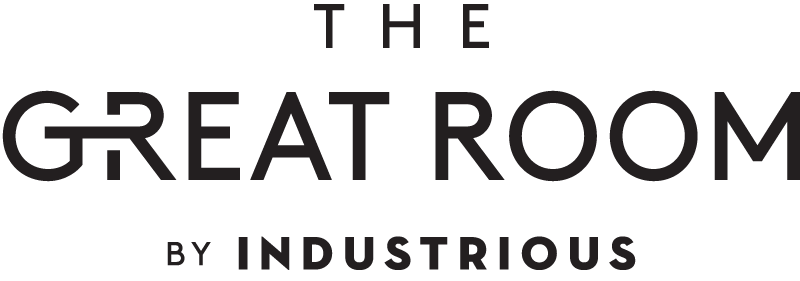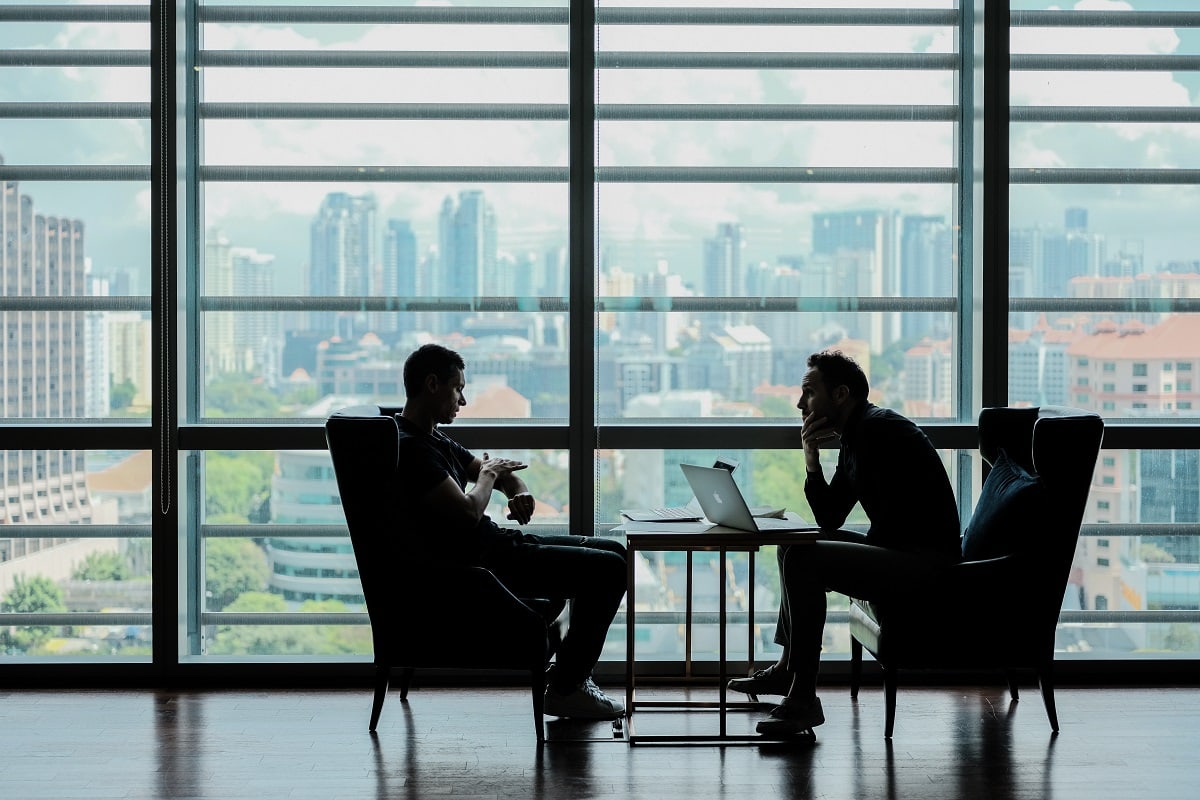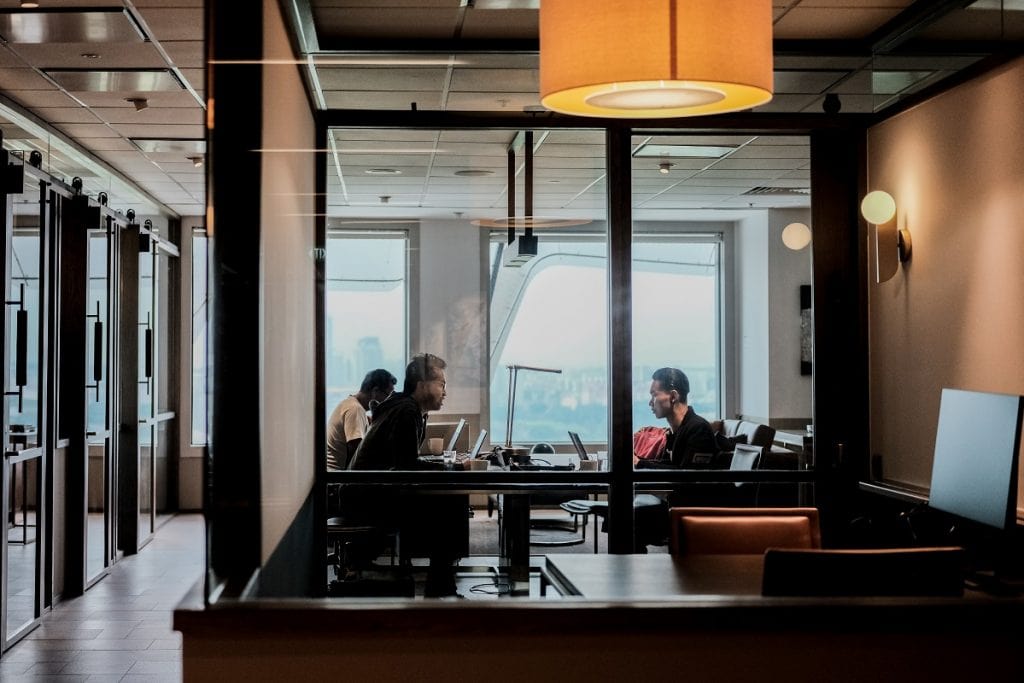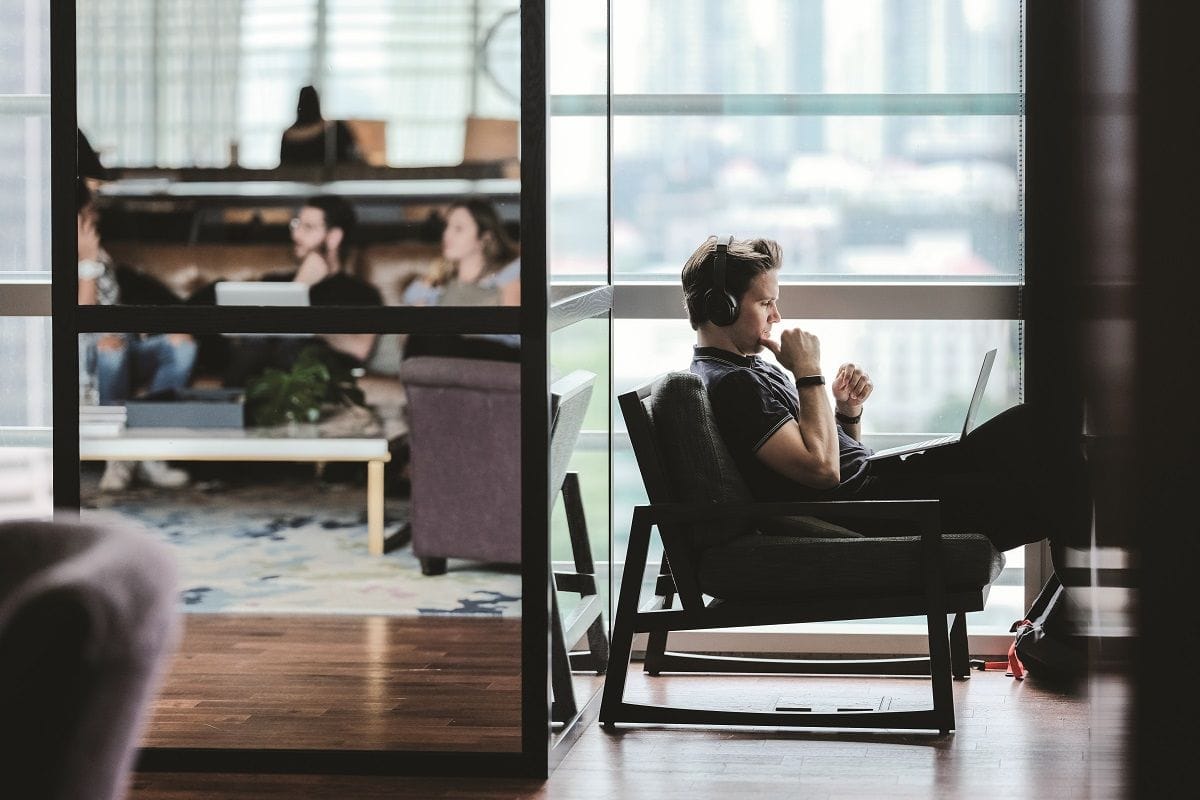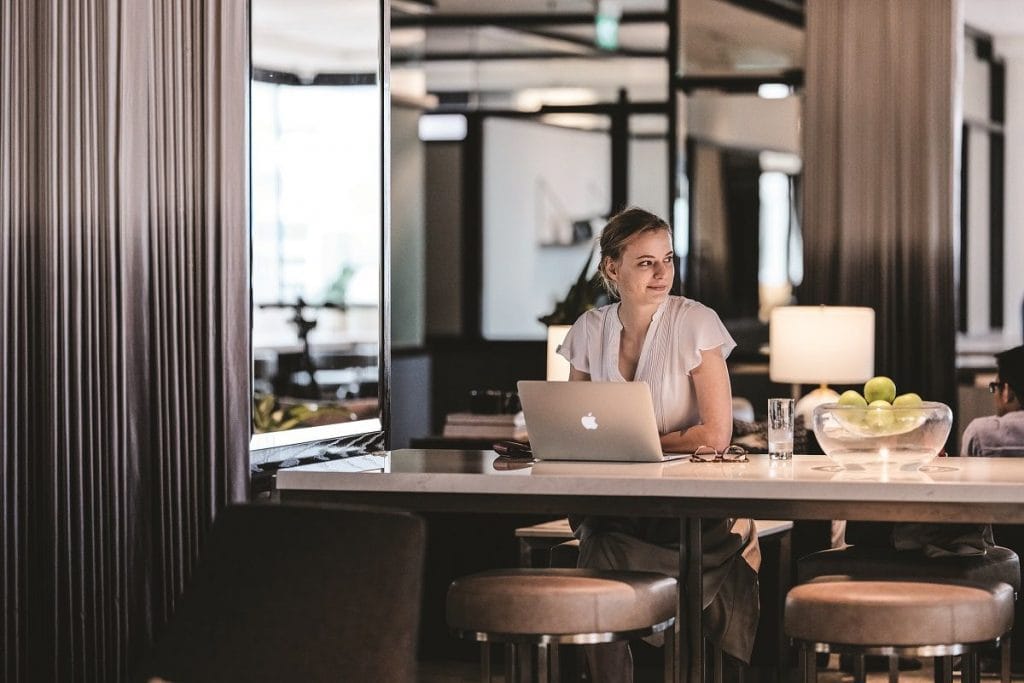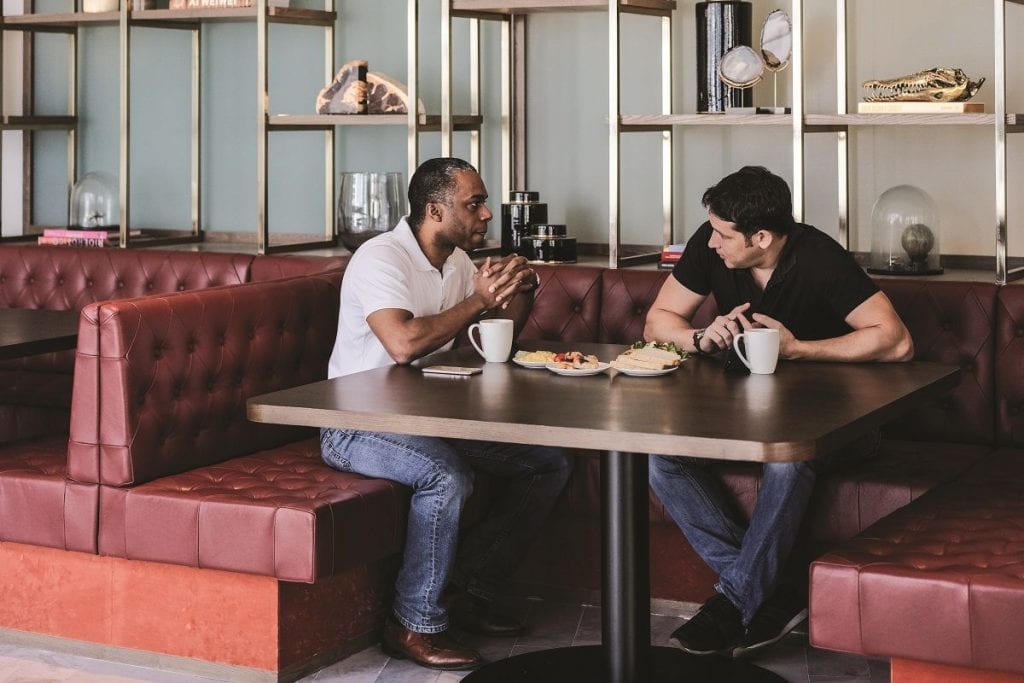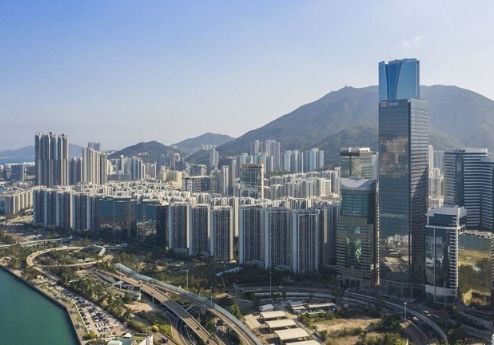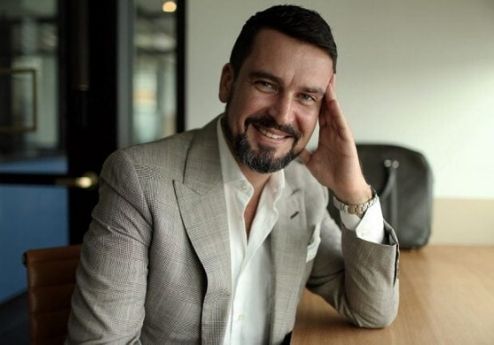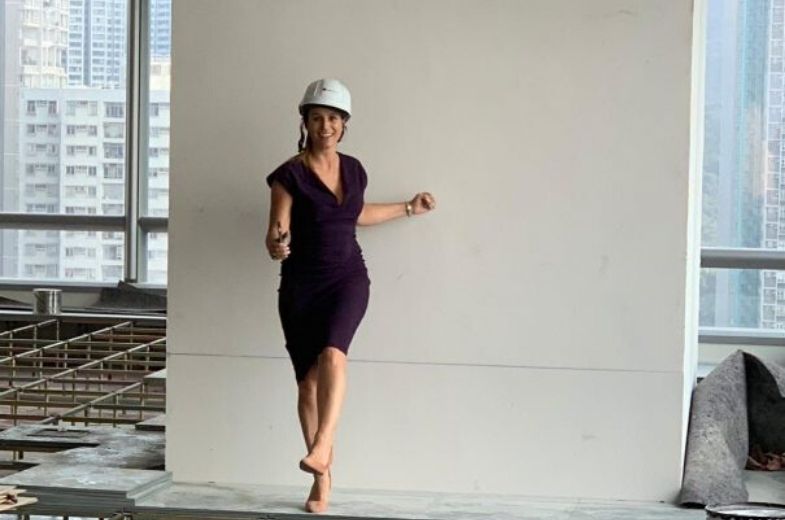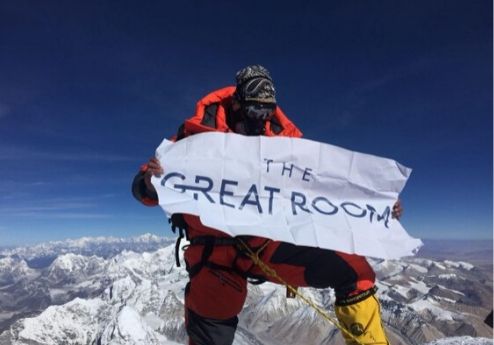It’s during anxious times that strong, unshakeable leadership is ever more necessary to keep both businesses and morale from plummeting, so we’ve roped in a professional for advice. Helping corporate captains steer their ships through troubled waters happens to be what Paul Harvey has built his career on. From The Great Room at Centennial Tower, Harvey applies his extensive experience with executive coaching and leadership development programmes to his role as partner at organisational design consultancy Synthesis. Here are his leadership strategies for guiding a team through crisis.
1. Connect with others
The best thing you can do at this stage is to talk about your experience and your feelings. It isn’t always easy in the Asian context but reaching out to trusted family members, friends or colleagues will help to alleviate those feelings of being lost or alone. Right now the whole world is struggling with the same Covid-19 challenges, so the opportunity to empathise with and comfort one another is available if we take the risk of opening up.
2. Talk about underlying feelings
Discussing the new work-from-home procedures and the logistics of sharing tasks is important but you need to create some time to talk about everyone’s underlying anxiety, about how to support each other, and even of hopes and dreams for the future. This will also reduce the need to rush around trying to complete tasks that aren’t even that useful. Doing things distracts us from these anxieties but the best way to alleviate such feelings is to build a set of support resources to help everyone through the change.
3. Take care of yourself
Leaders don’t just have to manage their own anxieties, they also have to contain the anxieties of their teams. So you have to take time each day to recharge. Whether it’s running, writing in a journal, taking a walk in nature or playing with your kids, find something that will rejuvenate you. Leaders who are drained, overworked and overstressed are less able to think clearly, be empathetic and act as a support to others — all things that they will need to do more of during a crisis.
4. Exercise a more directive style
In times of crisis, followers are seeking clarity and certainty from their leaders. Teams in a heightened state of anxiety are less able to process complex or nuanced information, so keep your communications short, clear and to the point. Leaders would also be well advised to create forums where employees can talk about their experiences and feelings. All you have to do is acknowledge what is shared; you don’t have to fix them. Because if these feelings aren’t acknowledged, they will show up in employees’ actions — teams will be less collaborative, less innovative and more protective. If you’re noticing these signs, it means more communication and dialogue is needed.
5. Let people go at their own pace
Transitions aren’t linear, so it’s possible to feel hopeful one day and confused and lost again the next. Some team members may even transition faster than others, but forcing everyone to transition faster than they are ready to will only lead to resistance. By creating psychological safety for people to share honestly without fear of retribution, the leader is creating a culture that enables people to adapt better to change. For teams that are less comfortable talking about their emotions in a group setting, Synthesis’ organisational psychologists can help leaders create that environment. We use a variety of techniques, including practices like calligraphy and poetry, to create a space where people can open up without feeling like they’re in the spotlight or unduly separated from the crowd.
